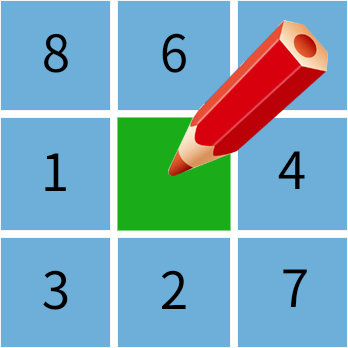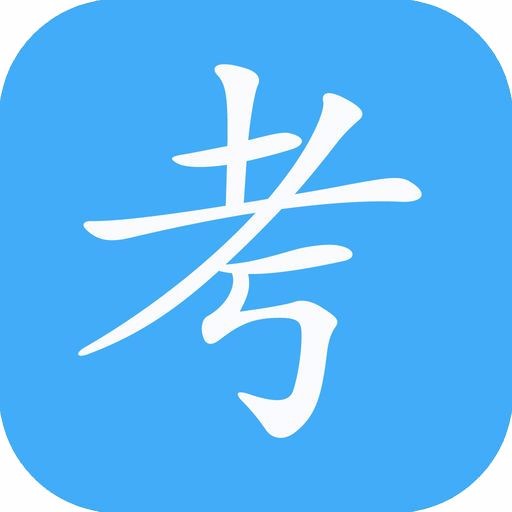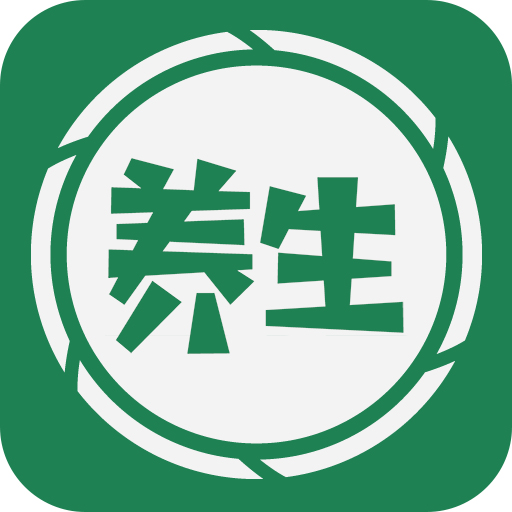全球推薦丨鎏金象尊
【名稱(chēng)】鎏金象尊
【name】] ilded statue
【規(guī)格】長(zhǎng):10厘米 寬:5厘米 高:7厘米
【Specification】 L: 10cm W: 5cm H: 7cm
【類(lèi)別】雜項(xiàng)
【category】miscellaneous

象尊是商周時(shí)期一件造型、紋飾構(gòu)成最具匠心的立體造型器物。全器為象形,上揚(yáng)的鼻為中空的流,流口是一組虎、鳥(niǎo)組合,鼻下有一蛇紋;象額有渦狀蟠虺紋一對(duì);耳正面為云雷紋,背飾鳳紋;器表飾龍紋、獸面紋。 其軀體肥碩敦實(shí),長(zhǎng)鼻高翹,鼻孔向前平伸,嘴向前突出,露出劍齒狀門(mén)牙;象背平直四肢粗壯有力,足有五趾,尾短下垂,尾接臀部處有一道扉棱突起。其卷起的象鼻略呈反S形,既有凝重感,線條流暢又不呆板,活脫脫是現(xiàn)實(shí)生活中的象形。象尊通體鎏金象身布滿(mǎn)紅寶石,主體部位飾饕餮紋、夔紋,鼻上飾鱗紋,額上有蛇紋,紋樣均呈浮雕式,簡(jiǎn)直就是一具立體雕塑像。
Xiangzun is the most ingenious three-dimensional modeling object in Shang and Zhou dynasties. The whole vessel is pictograph, the rising nose is hollow flow, the flow mouth is a group of tiger and bird combinations, under the nose there is a snake pattern; the elephant forehead has a pair of whirlpool ASPS pattern; the front of the ear is cloud and thunder pattern, the back is decorated with phoenix pattern; the surface of the vessel is decorated with dragon pattern and beast pattern. Its body is plump and stocky, its long nose is high and cocked, its nostrils are stretched forward and its mouth is protruding forward, showing the sword teeth like incisors; its back is straight, its limbs are strong and strong, its feet have five toes, its tail is short and drooping, and its tail is connected with the buttocks, which has a protrusion of a leaf edge. Its rolled up trunk is slightly anti-s-shaped, with a sense of gravity, smooth lines and not rigid, which is the real life pictograph. The gilded body of Xiangzun is full of rubies. The main part is decorated with Taotie pattern and Kui pattern. The nose is decorated with scale pattern and the forehead is decorated with snake pattern. The patterns are all relief, which is a three-dimensional sculpture.

考古發(fā)掘顯示,商代前期青銅尊為數(shù)不多。進(jìn)入商代后期以后,隨著冶煉和鑄造技術(shù)進(jìn)入鼎盛階段,青銅尊的發(fā)展也出現(xiàn)了繁榮景象。出現(xiàn)了一類(lèi)模仿鳥(niǎo)獸造型的酒尊。近代學(xué)者因此將“鳥(niǎo)獸尊”專(zhuān)列一類(lèi),此后學(xué)界也多從其說(shuō)。鳥(niǎo)獸尊中便有象尊一類(lèi)。如《春官·司尊彝》中,記載“司尊彝:掌六尊、六彝之位,……其朝踐用兩獻(xiàn)尊,其再獻(xiàn)用兩象尊”,便提到了“象尊”
Archaeological excavations show that there were few bronze statues in the early Shang Dynasty. After entering the late Shang Dynasty, with the smelting and casting technology entering the peak stage, the development of Bronze Zun also appeared a prosperous scene. There is a kind of wine Buddha that imitates the shape of birds and animals. Therefore, modern scholars classified "bird and beast" as a special category, from which the academic circle also said more. Among the birds and animals, there is the elephant. For example, in "spring official · Si Zun Yi", it is recorded that "Si Zun Yi: the position of six masters and six Yi In his dynasty, he used two to offer respect, and another two to offer respect, so he mentioned "image respect"

象是現(xiàn)代地球上最大的陸生動(dòng)物。在傳說(shuō)中,舜在濟(jì)南歷山耕種田地時(shí),就有大象為之犁、百鳥(niǎo)為之播谷這一典故。這并非只是古人的臆想和傳說(shuō),今天有不少出土實(shí)物證明,在今天中原一帶,4000多年前的遠(yuǎn)古時(shí)期曾林草豐茂、氣候濕潤(rùn),確實(shí)有象群的生存及出沒(méi)。《呂氏春秋·古樂(lè)》談到“商人服象,為虐于東夷”,說(shuō)明商人打仗中有時(shí)還出動(dòng)象隊(duì)。因此這一時(shí)期的青銅器,當(dāng)是以真象為模特鑄造,才會(huì)出現(xiàn)如此逼真的象尊。在湖南省博物館、美國(guó)弗利爾美術(shù)館都收藏有商周時(shí)期的象尊。
Elephant is the largest land animal on the modern earth. In the legend, when Shun cultivated the land in Lishan Mountain of Jinan, there was an allusion that elephants plowed the land and birds sowed the valley. This is not just the imagination and legend of the ancients. Today, there are many unearthed objects to prove that in today's Central Plains area, more than 4000 years ago in ancient times, there were abundant forests and grass, humid climate, and the existence and presence of elephant groups. "Lu's spring and Autumn period · ancient music" talks about "the merchants wear the elephant to abuse the eastern barbarians", which shows that the merchants sometimes use the elephant team in the war. Therefore, the bronze wares of this period, when cast with the real image as the model, will appear such lifelike image respect. In Hunan Provincial Museum and the flier Art Museum of the United States, there are statues of the Shang and Zhou dynasties.

據(jù)相關(guān)文獻(xiàn)記載,目前海內(nèi)外博物館中收藏的青銅象尊已發(fā)現(xiàn)五件。其中商代象尊三件,應(yīng)該為商代人南遷時(shí)的遺物與證明,并非于湖南鑄造;這種青銅象尊多是零星散見(jiàn)于山川之間,而非中原墓葬內(nèi)出土,所以這亦為文物考古界至今求解的謎團(tuán)之一。同時(shí)還發(fā)現(xiàn)西周象尊和不明年代象尊各一件,均為“鎮(zhèn)館之寶”的館藏文物。此件藏品是中國(guó)古代青銅器中的精品,有著歷史熏陶,是價(jià)值極高的歷史文物,同時(shí),還是考古和研究中國(guó)歷史文化難得的實(shí)物。珍貴的象尊記載著商周時(shí)期驚天動(dòng)地的歷史蘊(yùn)含極深的收藏及經(jīng)濟(jì)價(jià)值。
According to related documents, five bronze statues have been found in museums at home and abroad. Among them, three pieces of Xiangzun in the Shang Dynasty should be the relics and proof of the south migration of the Shang Dynasty, not cast in Hunan; this kind of bronze Xiangzun is mostly scattered between mountains and rivers, rather than unearthed in the Central Plains tombs, so it is also one of the puzzles solved by the cultural relics and archaeologists up to now. At the same time, it is found that there is one Xiangzun of the Western Zhou Dynasty and one Xiangzun of the unknown age, both of which are cultural relics in the collection of "Zhenguan treasure". This collection is a masterpiece of ancient Chinese bronzes, with historical edification and high value. It is also a rare object for Archaeology and research of Chinese history and culture. Precious Xiangzun records the earth shaking history of the Shang and Zhou dynasties, which contains profound collection and economic value.
有意向購(gòu)買(mǎi)請(qǐng)掃下方二維碼







